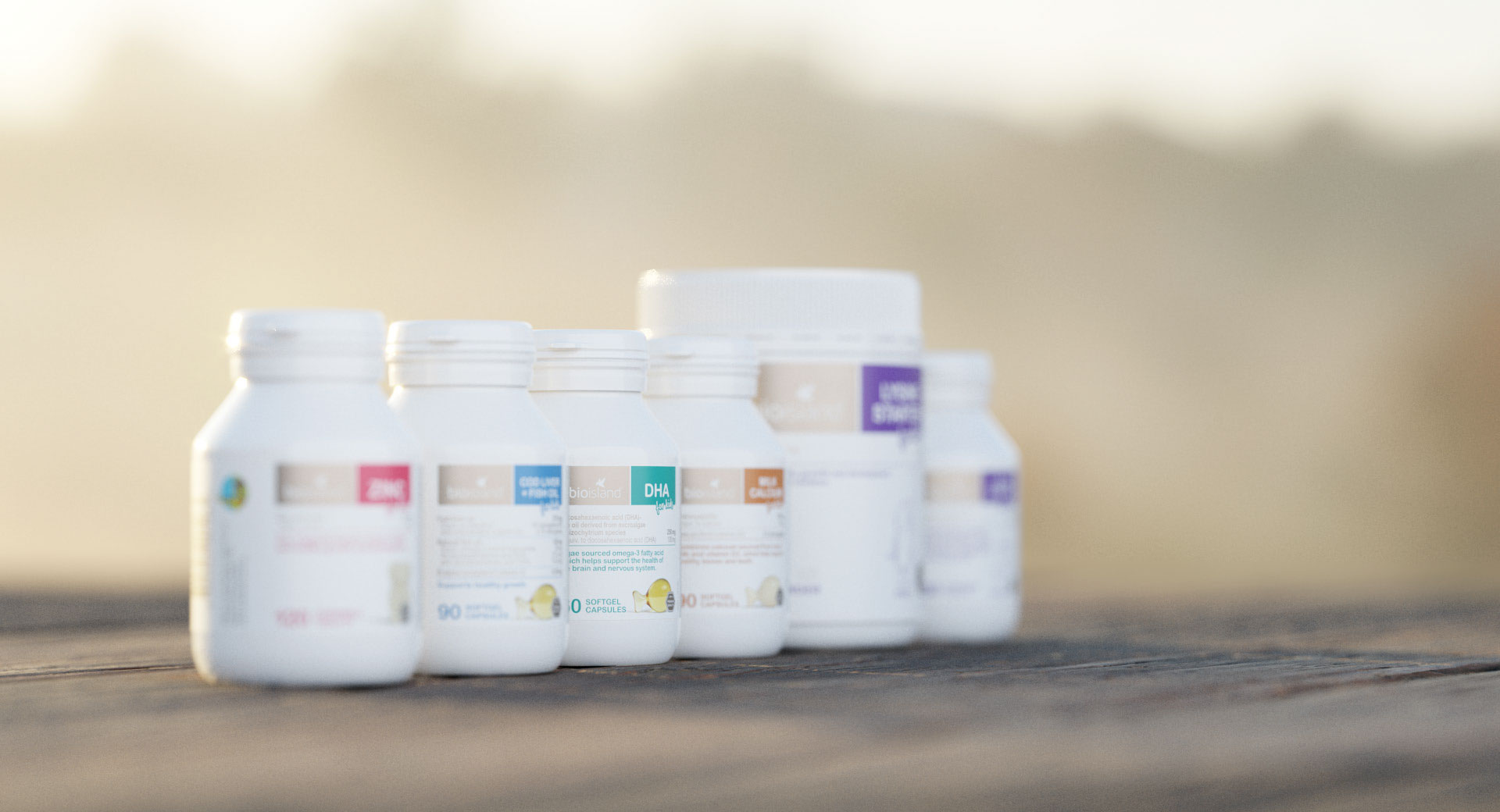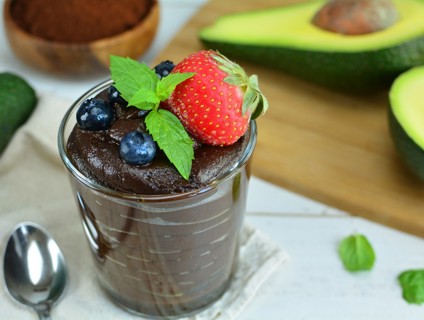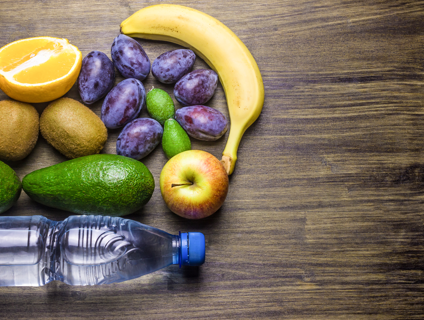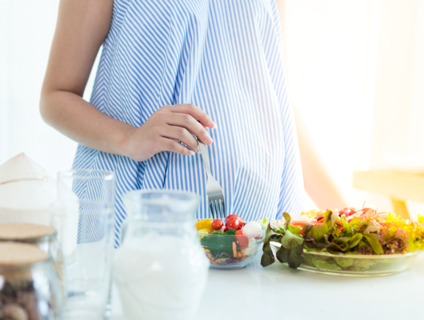
Learning activities for infants
Every new experience creates new connections in the brain.
By Bio Island Nutrition Team
During infancy, a child’s brain is developing at a rapid rate absorbing and taking in everything in their surroundings. Every new experience creates new connections in the brain and repeated experiences strength these connections whilst unused connections disappear.
There are many activities you can do with your child to help strengthen these connections in their growing brains and bodies.
- Games with hands: Games that use your hands such as peek-a-boo will engage your baby and capture their attention. You will be showing them how to physically interact with the world. Variations of the traditional peek-a-boo game with the use of a blanket and other objects such as books and toys allows for fine motor skill development and object permanence.
- Storybooks: opt for books that are large and colourful and engage interest by pointing to certain images, making noises that relate to the images and using different voices for different characters. This will help to build their language and listening skills, in particular their receptive language in understanding spoken words. Read a variety of books that also allow to engage with touch such as cloth books and books that have different textures and flaps.
- Nursey rhymes: Choose songs that you can add body motions and fingers such as clapping whilst singing to help reinforce connections between sounds and motor actions. Singing also enhances the learning of rhythms and language patterns.
- Balls: Teach you baby about how things move by playing with different balls and teaching them how to hold, drop and roll them.
- Bath toys: Allow for some exploratory play when in the bath. Encourage the use of bath toys to demonstrate dunking, measuring, floating, and pouring. This could even be with the use of plastic bottles and food containers.
- Stacking: Teach your baby fine motor skills and understanding cause and effect by using measuring cups or building blocks. Make a tower and knock it down or have races to see who can build the tallest tower.
- Wooden puzzles: From about 1 years old, you can start introducing wooden puzzles with colourful shapes and pictures to teach about problem solving. Be sure to cheer them on when they get it right.
- String along: Use a shoelace or piece of wool to turn most toys in a pull along toy. Encourage your baby to tug on the strong and see it move. As they begin to crawl, place the string just slightly out of reach so that they have to move to grab it.




